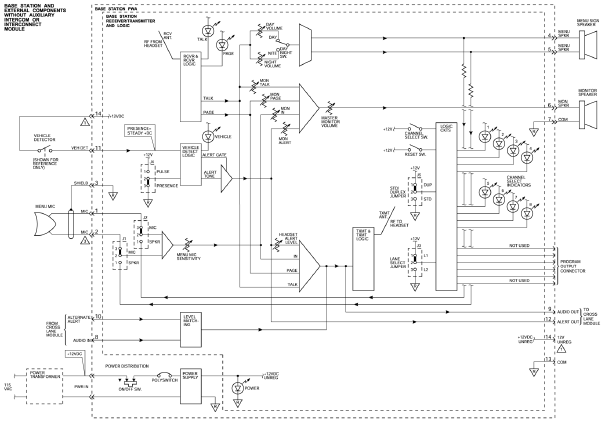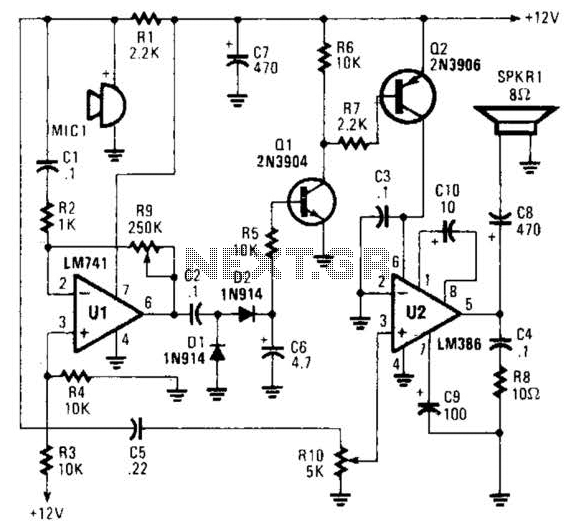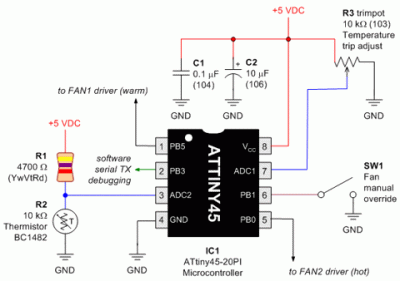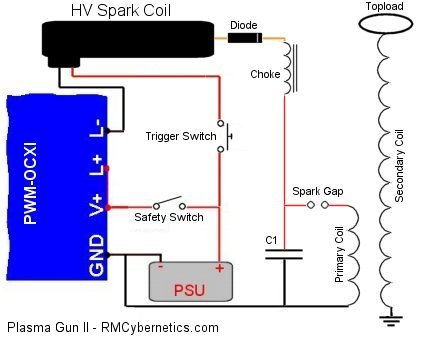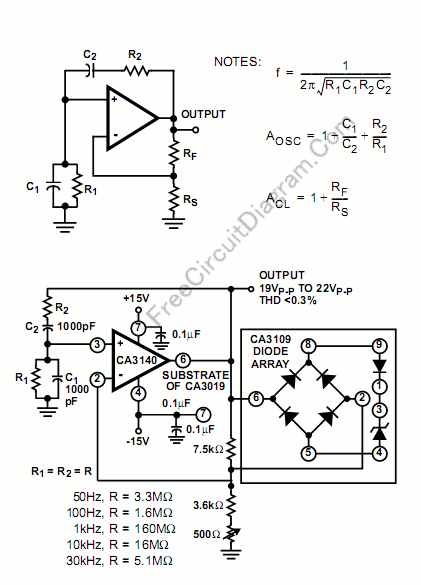
DIY Intercom Design Thread 4
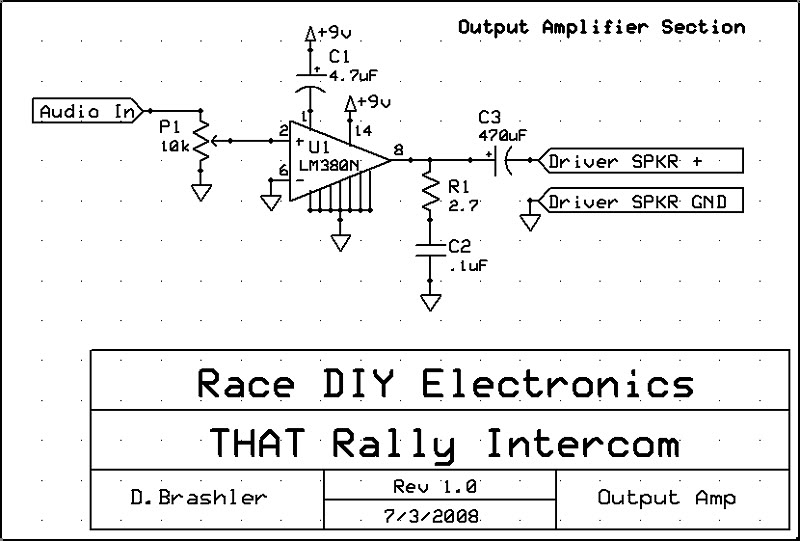
There is nothing wrong with that setup in my opinion. An older Peltor FMT15 amplifier is used in a Golf, which works well for two Peltor headsets. The issue arises when mixing Peltor and Terraphone headsets/amps. All three of the cars co-driven this year have Terraphone amps, which have performed poorly with the Peltor headset, resulting in low audio levels. There is consideration to use a Terraphone headset with the Peltor helmet. The goal is to find an amplifier that can mix and match Peltor, Terraphone, Stilo, Planet, J&M, iPod, etc., headsets while providing equal volume to both sides, with independent and adjustable microphone gain and speaker volume controls for each side. The intention is to supply these to drivers likely to provide rides and to install one in the car. Regarding the Peltor and Terratrip connections, after examining the two connections, it is straightforward to create an intercom with connections for both. There will be two connections for each channel, one for Peltor and one for Terratrip. The plan is to use female jacks on the box and create cables for each connector, rather than having two cables from each channel. For the dynamic microphones used by Peltor and the electret microphones used by Terratrip, a -20dB pad switch (in the form of a dip switch) will be included to adjust for different gains. This way, if the driver uses Peltor and the co-driver uses Terratrip, the volumes will remain equal. The -20dB pad will be switched ON for Terratrip headsets and OFF for Peltor headsets. Two helmets were purchased, which came with Avcomm helmet kits installed, featuring nexus plugs and a 3.5 mm jack for audio input (which works well for monitoring HAM). Both helmets were tested with two different Peltor amps, resulting in feedback or squeals. There was mention of switching wires 1 and 2 on the Peltor amp to make it compatible with Peltor, but confirmation is needed before purchasing, particularly considering the interest in the Pro+ from SubeSports. Although 2.5 Watts of power seems excessive for headphones, it was effective in the previous intercom design. The LM386, a 1 Watt audio amplifier, distorted at higher volumes. With more power, higher volumes can be achieved with less distortion, making the LM380N a suitable candidate for the output section. After using a Terraphone for several rallies and needing to rebuild the headsets during and after events, along with experiencing inaudible audio from the Terra output to the video recorder, there is a plan to design and build a new system. It is appreciated that a competent individual has already developed a solution, avoiding the need to create another subpar intercom. There is an interest in adding an ambient noise mic or a separate mic input to place the mic near the exhaust or by the co-driver’s door to capture communication from start/finish workers, rather than only recording half of the conversation. The open nature of schematic posting allows for the addition of another mic module during construction. Currently, the Terraphone output is recorded on one channel of the video recorder, with the other channel inactive.
An electronic schematic can be developed based on the requirements outlined in the cleaned description. The design will incorporate a multi-channel intercom system capable of interfacing with various headset types including Peltor, Terraphone, Stilo, Planet, and J&M. The amplifier section will utilize the LM380N for its higher power output, ensuring minimal distortion at elevated volumes.
The intercom will feature independent volume controls for both the driver and co-driver, allowing for personalized audio levels. Each channel will have a dedicated connection for Peltor and Terratrip headsets, utilizing a dual female jack configuration to simplify connectivity and reduce cable clutter.
To address the differing microphone types, a -20dB pad switch will be integrated into the circuit, allowing users to adjust the gain based on the headset in use. This feature ensures that audio levels remain balanced regardless of the headset type.
In addition to standard audio inputs, the design will include provisions for an ambient noise microphone, which can be strategically placed to capture external sounds, enhancing communication clarity during events.
Overall, the schematic will ensure robust performance, adaptability to various headset types, and user-friendly operation, catering to the needs of motorsport enthusiasts seeking reliable intercom solutions.Nothing wrong at all with that setup IMO. I`ve an (older) Peltor FMT15 amp in my Golf. Works awesome for 2 Peltor headsets. The issue is mixing Peltor & Terraphone headsets/amps. All (3) of the cars I`ve co-driven in this year have Terraphone amps. They`ve pretty much sucked w/ my Peltor headset (low audio from me). Heck, I`ve considered putting a Terraphone headset into my Peltor helmet. I want an amp that`ll mix-n-match Peltor, Terraphone, Stilo, Planet, J&M, iPod, etc. headsets and provide equal volume to both sides. independent+adjustable mic gain & speaker volume controls for both sides. Heck, I`ll supply `em to the drivers likely to give me a ride (and also put one in my car). As far as the Peltor and Terratrip connections go. After looking at the two connections, its really easy to make the back of the intercom have connections for both. So there will be two connections for each channel, one for the Peltor and one for the Terratrip. But what I am going to do is, just put female jacks on the box, and then make cables for either connector opposed to having 2 cables coming out of each channel.
Also as for the dynamic mics that Peltor uses and the Electret mics that Terratrip use. I`m going to have a -20dB pad switch (in the form of a dip switch) to compensate for the different gains. That way if the driver is using Peltor and the co-driver is using Terratrip the volumes will still be equal.
You will put the -20dB pad `ON` for use with Terratrip headsets and put the -20dB pad `OFF` for the use with Peltor headsets. I bought a pair of helmets and they came with Avcomm helmit kits installed. They have nexus plugs as well has a 3. 5 mm jack for audio in (works great for monitoring the HAM). I tried both helmets with two different Peltor amps and got feedback like squeal with both. Heard something about switching wires 1 & 2 on the Peltor amp would make it work with Peltor but don`t want to buy one before knowing this will work (Thinking of getting the Pro+ from SubeSports if it does).
I know that 2. 5 Watts of power seems like a lot for headphones, but I used it in the old intercom design and it worked perfectly. I have used the LM386 which is a 1 Watt audio amplifer, and it gets a bit distorted in the higher end of the volume.
By having more power, you can run higher volumes with less distortion. Which makes the LM380N a good candiate for the output section. After using a terraphone for a few rallies and having to rebuild the headsets during and after the events, and having practically inaudible audio from the terra-output to my video recorder, I was planning to design and build something. Glad to see that someone competent beat me to it (instead of me creating another crappy hack of an intercom I`m coming in late to the game, but I`d like to second the ambient noise mic, or perhaps a separate mic input so the mic could be placed back near the exhaust, or up by the co-driver`s door (to pick up what the start/finish workers are saying to the co-driver, rather than just recording half of the conversation).
I suppose the open nature of you posting schematics means I could just add another mic "module" when I build mine. Again, you rock. Currently my terraphone output is on one channel of my video recorder, and the other channel has nothing.
H 🔗 External reference
An electronic schematic can be developed based on the requirements outlined in the cleaned description. The design will incorporate a multi-channel intercom system capable of interfacing with various headset types including Peltor, Terraphone, Stilo, Planet, and J&M. The amplifier section will utilize the LM380N for its higher power output, ensuring minimal distortion at elevated volumes.
The intercom will feature independent volume controls for both the driver and co-driver, allowing for personalized audio levels. Each channel will have a dedicated connection for Peltor and Terratrip headsets, utilizing a dual female jack configuration to simplify connectivity and reduce cable clutter.
To address the differing microphone types, a -20dB pad switch will be integrated into the circuit, allowing users to adjust the gain based on the headset in use. This feature ensures that audio levels remain balanced regardless of the headset type.
In addition to standard audio inputs, the design will include provisions for an ambient noise microphone, which can be strategically placed to capture external sounds, enhancing communication clarity during events.
Overall, the schematic will ensure robust performance, adaptability to various headset types, and user-friendly operation, catering to the needs of motorsport enthusiasts seeking reliable intercom solutions.Nothing wrong at all with that setup IMO. I`ve an (older) Peltor FMT15 amp in my Golf. Works awesome for 2 Peltor headsets. The issue is mixing Peltor & Terraphone headsets/amps. All (3) of the cars I`ve co-driven in this year have Terraphone amps. They`ve pretty much sucked w/ my Peltor headset (low audio from me). Heck, I`ve considered putting a Terraphone headset into my Peltor helmet. I want an amp that`ll mix-n-match Peltor, Terraphone, Stilo, Planet, J&M, iPod, etc. headsets and provide equal volume to both sides. independent+adjustable mic gain & speaker volume controls for both sides. Heck, I`ll supply `em to the drivers likely to give me a ride (and also put one in my car). As far as the Peltor and Terratrip connections go. After looking at the two connections, its really easy to make the back of the intercom have connections for both. So there will be two connections for each channel, one for the Peltor and one for the Terratrip. But what I am going to do is, just put female jacks on the box, and then make cables for either connector opposed to having 2 cables coming out of each channel.
Also as for the dynamic mics that Peltor uses and the Electret mics that Terratrip use. I`m going to have a -20dB pad switch (in the form of a dip switch) to compensate for the different gains. That way if the driver is using Peltor and the co-driver is using Terratrip the volumes will still be equal.
You will put the -20dB pad `ON` for use with Terratrip headsets and put the -20dB pad `OFF` for the use with Peltor headsets. I bought a pair of helmets and they came with Avcomm helmit kits installed. They have nexus plugs as well has a 3. 5 mm jack for audio in (works great for monitoring the HAM). I tried both helmets with two different Peltor amps and got feedback like squeal with both. Heard something about switching wires 1 & 2 on the Peltor amp would make it work with Peltor but don`t want to buy one before knowing this will work (Thinking of getting the Pro+ from SubeSports if it does).
I know that 2. 5 Watts of power seems like a lot for headphones, but I used it in the old intercom design and it worked perfectly. I have used the LM386 which is a 1 Watt audio amplifer, and it gets a bit distorted in the higher end of the volume.
By having more power, you can run higher volumes with less distortion. Which makes the LM380N a good candiate for the output section. After using a terraphone for a few rallies and having to rebuild the headsets during and after the events, and having practically inaudible audio from the terra-output to my video recorder, I was planning to design and build something. Glad to see that someone competent beat me to it (instead of me creating another crappy hack of an intercom I`m coming in late to the game, but I`d like to second the ambient noise mic, or perhaps a separate mic input so the mic could be placed back near the exhaust, or up by the co-driver`s door (to pick up what the start/finish workers are saying to the co-driver, rather than just recording half of the conversation).
I suppose the open nature of you posting schematics means I could just add another mic "module" when I build mine. Again, you rock. Currently my terraphone output is on one channel of my video recorder, and the other channel has nothing.
H 🔗 External reference
